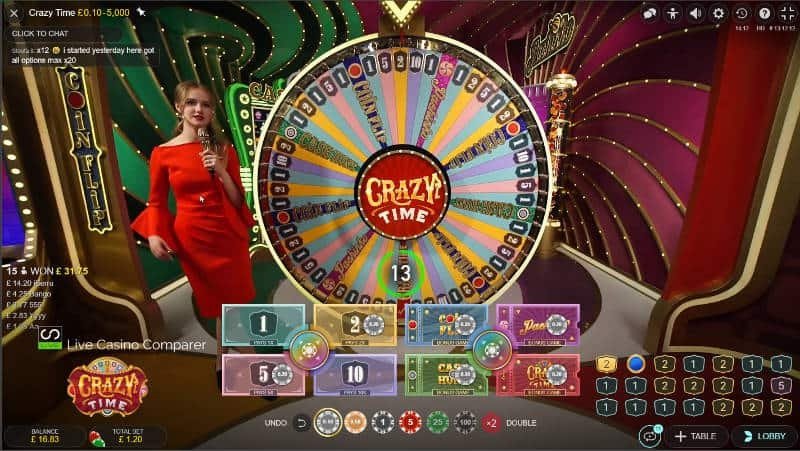This is no longer science fiction, with esports athletes not sitting at desks but engaging holographic avatars of full size that move and react in real-time. It is the next step in digital sports, merging skill, strategy, and technology to an extent never before experienced.
The Rise of Holographic Avatars in Esports
Players ultimately control their three-dimensional manifestations inside immersive arenas instead of focusing on flat screens or monitors. These avatars accurately mimic real-world movements, capturing all twitches, dodges, and attacks in real-time. As esports continues to evolve, platforms like the Melbet online betting app allow fans to bet on their favorite teams and tournaments. This adds more excitement to the already adrenaline-pumping environment of competitive gaming.
This has a substantial impact as fans are close to the action, and the players must adapt to a more dynamic and strategic way of playing. Esports is no longer about quick reactions; it is now an interactive battlefield where technology and athleticism converge, completely changing the competitive gaming experience.
Impact on Competitive Gaming
Changes occur in competitions, how games operate, and how betting schemes evolve as the new format catches on. Here is how holographic avatars are altering competitive gaming:
- Increasing Physicality: Players aren’t just clicking on buttons; they’re moving, dodging, and strategizing in 3D space, emphasizing reflexes and positioning more than ever.
- Increased Player Connection: The personal avatar concept introduces emotional connection. Watching movement in real-time versus a character model feels significantly more realistic.
- Strategic Shifts in Betting: The betting field has evolved, and endurance and movement efficiency, as well as holographic performance factors, hold as much importance as skills.
It is an experience passing the test of blending reality and the virtual world, thus giving rise to a different dimension of competition.
The Technology Behind Holographic Avatars
In holographic esports, what matters is not only the powerful visual appeal but also front-end technology. AI, motion tracking, and top-of-the-line projection systems collaborate to produce hyperrealistic digital athletes. All the movements, expressions, and reactions occur in real-time. The true next-level magic of holographic competition is how well this coalescence of human skill and machine precision works.
AI-Driven Realism
AI does more than make avatars move; it makes them feel alive. Neural networks can be classified as intuitive and track everything: facial expression, muscle tension, micro-movements, etc. This means that not only do avatars copy a player’s actions, but they predict and correct them for maximum accuracy. These advancements and their impacts on esports communities are being actively discussed on Melbet Facebook, where fans and players exchange views on the latest gaming technologies. This gives rise to seamless, natural movements, thus erasing the boundaries separating humans from holograms.
But AI does more than imitate; it learns. Players take on AI-powered opponents that evolve according to real-world data in training. These virtual rivals read playing patterns, predict strategies, and take the competition to the competitive verge, where milliseconds determine triumph. Thus, in esports, AI-managed avatars guarantee that all reactions are sharp.
Advanced Projection Systems
These holographic avatars exist because of ground-breaking projection technology. Rather than working in tandem with conventional screens, these systems use laser imaging and volumetric displays to telecast complete 3D forms into open space. Players see avatars, walk around them, and interact with them for a truly immersive battlefield experience.
The most revolutionary change? Real-time rendering. With processors that fly and sensors that respond accordingly, hold gameplay-with-no-lag equals real-world gameplay. It is not merely an upgrade in visuals; this translates to an entirely different way of playing and consuming esports. From now on, every single movement, strategy, and wager is tied to a game that feels alive.
Player Adaptation and Training
Holographic esports requires more than fast fingers; full-body coordination, stamina, and real-life agility are vital. Players must retrain their reflexes to match the 3D battlefield, where positioning and movement matter as much as tactics. Traditional gaming skills remain just as important: aiming, reaction time, and now an equally massive focus on fitness and spatial awareness. Top players aren’t just great in front of the controller-they’re athletic in a virtual arena.
Training regimes have changed. Motion capture systems allow players to show real-life moves their trainers can analyze for technique and improvement. AI-driven simulations enable virtual opponents to adapt, forcing competitors to act quickly and unconsciously. The shift in betting strategies will consider stamina and movement efficiencies as deciding game factors. This is esports like never before-fast-paced, immersive, and brutally competitive.
Future of Holographic Esports
Esports are no longer competitions on-screen; they are virtual sports in full. With holographic avatars, the future of gaming will resemble seasoned arenas rather than empty lobbies. This is not a step in esports transformation but a complete transformation.














